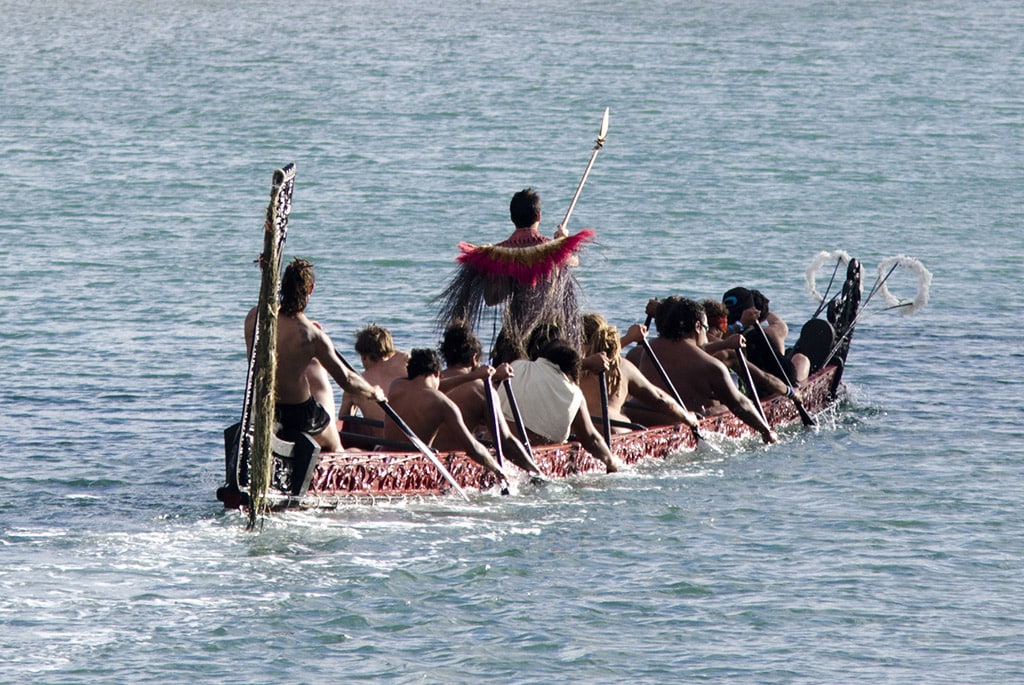LEADING LIGHTS Issue 1 | 2025

Editorial – Leading without a map: Finding your way through constant change
Strategies for leading through uncertainty and building resilient teams
Editorial by Victoria Kees
The Nature of Change
We used to talk about change in education as if it came in waves, something that arrived, passed through, and gave us time to settle before the next one. But now, change is no longer occasional. It is ongoing. It is the space we work in every day.
Across Aotearoa, educational leaders are navigating environments full of complexity and constant movement. Whether it is curriculum reform, new wellbeing frameworks, staffing challenges, digital transformation, or community expectations, there is always something shifting. Often, it feels like everything is changing at once.
Because of this, leadership itself is changing. It is no longer just about having a strong plan or making quick decisions. Many leaders today find themselves leading without a map, guiding teams and communities through uncertainty without a clear or predictable path ahead. This demands flexibility, compassion, and a deep connection to values that can act as anchors in unpredictable conditions.
The ideals of NZEALS, empowering educational leadership through responsive, ethical, and future-focused practice, are more relevant than ever. Empowered leadership in these times is not about having all the answers. It is about creating the conditions for others to grow, connect, and thrive, even amid disruption. At times it is important to pause and reflect, and ask ourselves as leaders, what does our team or community need most from us right now?
In the Teaching Council of Aotearoa New Zealand’s Mana Oranga – Wellbeing symposium, the kōrero shared by Professor Meihana Durie, Yvonne Tahere and Janeen Marino spoke to the importance of relationships grounded in care and trust. Leadership centred on whanaungatanga me te aroha, connection and compassion, creates strong foundations for resilience and collective energy (Teaching Council, 2022). As you reflect on your own setting, you might consider how the principles of whanaungatanga and aroha influence your leadership choices?
This approach finds a natural resonance in the concept of wayfinding leadership, articulated by Dr Chellie Spiller, Hoturoa Barclay Kerr, and John Panoho. Drawing from traditional Polynesian navigation, wayfinding leadership is about sensing direction through awareness, connection, and collective purpose, not rigid plans or individual control. As Spiller writes:

“Master wayfinders have the ability to move from stillness; they possess a steadfast calm clarity”(Spiller, 2015, as cited in Wayfinder Wisdom, 2020).
In fast-moving environments, cultivating stillness may feel counterintuitive. Yet it is in these moments of quiet awareness that insight, alignment, and clarity often emerge. Wayfinders tune in to subtle changes, to the needs of others, to the energy of the collective. They respond, not react, and move with intentionality. As leaders when all around us feels turbulent how do we cultivate the essence of wayfinding.
This attentiveness also requires vulnerability. Leaders who are willing to sit with uncertainty, seek input, and stay present through discomfort create the relational trust needed in uncertain times. Brené Brown reminds us:
“Vulnerability is the birthplace of innovation, creativity and change”
(Brown, 2018, p. 34).
Vulnerability shifts leadership from a position of authority to one of authenticity. In this space, teams can innovate, grow, and bring their full selves to the work. Slowing down enough to reflect and reconnect with your values is not a luxury, it is essential. In situations of uncertainty, pausing allows us to observe the nuances, shift direction, and act with greater integrity. Values are not just nice-to-haves; they are what hold us steady in the storm.
Final thoughts
Although constant change can feel overwhelming, it also offers opportunity. The need for values-based, people-centred leadership has never been clearer. Educational leaders have the ability to shape environments where people feel supported, learning continues, and possibility thrives.
When the map disappears and the currents shift, leadership is not about knowing the way; it is about sensing the waka, being steady in presence, and charting possibilities together.
He waka eke noa.
We are all in this together.
References
Brown, B. (2018). Dare to lead: Brave work. Tough conversations. Whole hearts. Random House.
Teaching Council of Aotearoa New Zealand. (2022, November 17). Whanaungatanga me te aroha [Mana Oranga symposium]. https://teachingcouncil.nz/resource/whanaungatanga-me-te-aroha/
Spiller, C., Barclay Kerr, H., & Panoho, J. (2015). Wayfinding leadership: Ground-breaking wisdom for developing leaders. Huia Publishers.
Wayfinder Wisdom. (2020, May 18). Leadership for the greater good: Reflections from around the globe. International Leadership Association. https://ilaglobalnetwork.org/wayfinder-wisdom/


